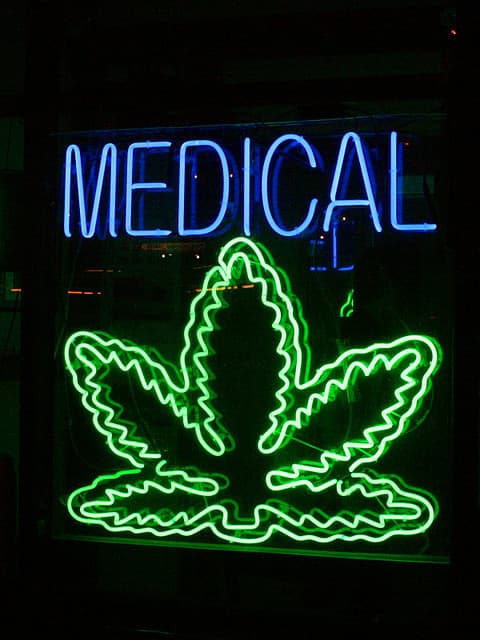Advertisement
Foreman: For Adults In Pain, Just Say Yes To Marijuana

By Judy Foreman
Guest Contributor
I have just finished writing a book on chronic pain and, although I didn’t initially plan it this way, I ended up devoting an entire chapter to marijuana because, as I did my research, I found considerable evidence that marijuana is both safe and reasonably effective at relieving pain. In fact, if a person taking opioids (narcotics) for pain relief also smokes marijuana, the dose of opioids needed can often be reduced.
For historical and political reasons, the federal government persists in classifying marijuana as a Schedule I drug, which means it is deemed to have a “high potential for abuse” and no recognized medical usefulness. Both parts of this are false.
Although the government has stymied marijuana research in this country, there has been significant research from other countries on the risks and benefits of inhaled marijuana.
Marijuana used alone is actually remarkably safe, in part because, unlike other drugs, including opioids, it does not cause respiratory depression.
In fact, there are simply no deaths – zero - from marijuana alone, according to the federal Centers for Disease Control and Prevention. This is in stark contrast to deaths from alcohol (80,000 a year), tobacco (443,000 a year), even NSAIDS, non-steroidal anti-inflammatory drugs, which kill an estimated 7,000 to 10,000 American adults every year.
[module align="right" width="half" type="pull-quote"]Marijuana used alone is actually remarkably safe, in part because, unlike other drugs, including opioids, it does not cause respiratory depression.[/module]
Nor does marijuana seem to be the “gateway” drug that opponents claim it to be. A 1999 report from the Institute of Medicine, part of the National Academy of Sciences, found that marijuana is not the substance that gets teenagers on the road to substance abuse - underage tobacco and alcohol use are.
To be sure, marijuana, like any other drug, is not without risks. Some studies show an increased risk of schizophrenia, especially in young people predisposed to psychosis, though even here the research is mixed. Other studies, including research at McLean Hospital, show cognitive deficits with early adolescent heavy use, though other studies suggest these changes may be reversible once marijuana use stops.
Even the National Institute on Drug Abuse acknowledges that, as one official told me, “marijuana does not kill directly,” though it can contribute in other ways to risky behavior such as traffic accidents, particularly if mixed with alcohol.
Those are serious risks, especially for young people whose brains are still developing. These risks are much less relevant for adults pain patients.
Opponents of medical marijuana often argue that making marijuana legal for medical use is a wedge toward outright legalization. But even if it were legal, marijuana could still be regulated like alcohol and tobacco to discourage under-age use.
Frankly, in an ideal world, I would go a slightly different route: I would classify marijuana as a dietary supplement like Echinacea. This, of course, will never happen. But if marijuana were viewed as a dietary supplement, it would be subject to post-marketing surveillance by the US Food and Drug Administration.
If a given brand were linked with harm, producers could be forced to withdraw that brand from the market. The government enforce accurate labeling so that consumers could be reasonably sure that the marijuana was grown, dried and packaged safely, without molds such as aspergillis, pesticides, formaldehyde or other toxins. Labels could also provide accurate information on the ingredients – for instance, how much psychoactive THC (tetrahydrocannabinol) and non-psychoactive CBD (cannabidiol) each batch contained.
I am certainly not advocating that we become a nation of potheads. But for adults in pain, medical marijuana should clearly be a legal option.
Judy Foreman, perhaps the best-known health reporter in Boston and a nationally syndicated columnist, is writing a book about chronic pain — titled “A Nation in Pain: Healing Our Biggest Health Problem."
This program aired on November 1, 2012. The audio for this program is not available.